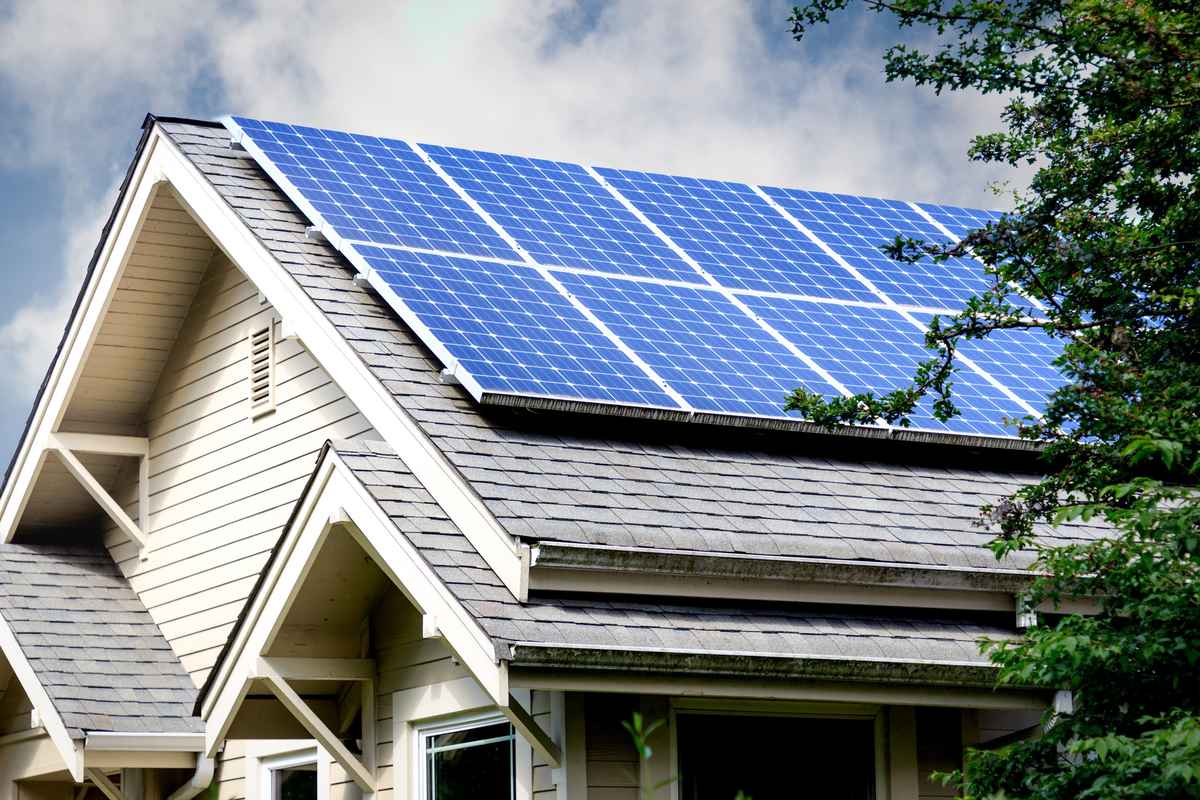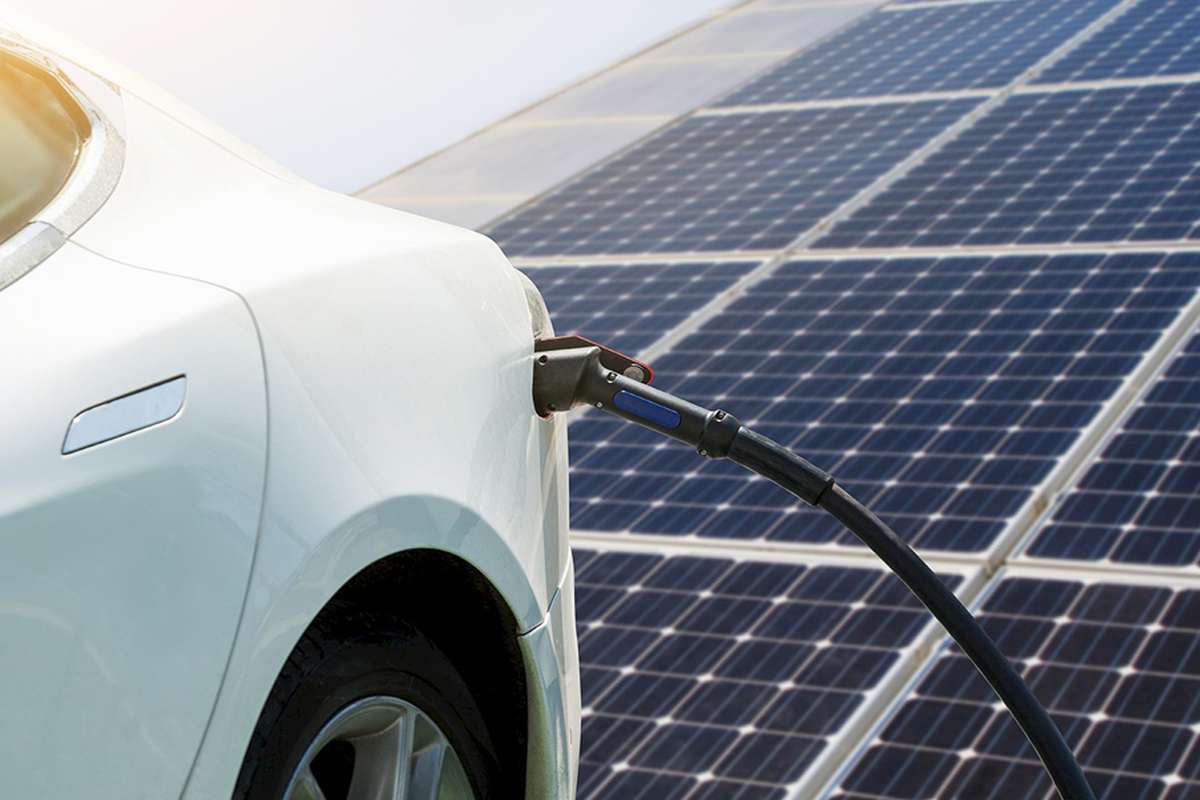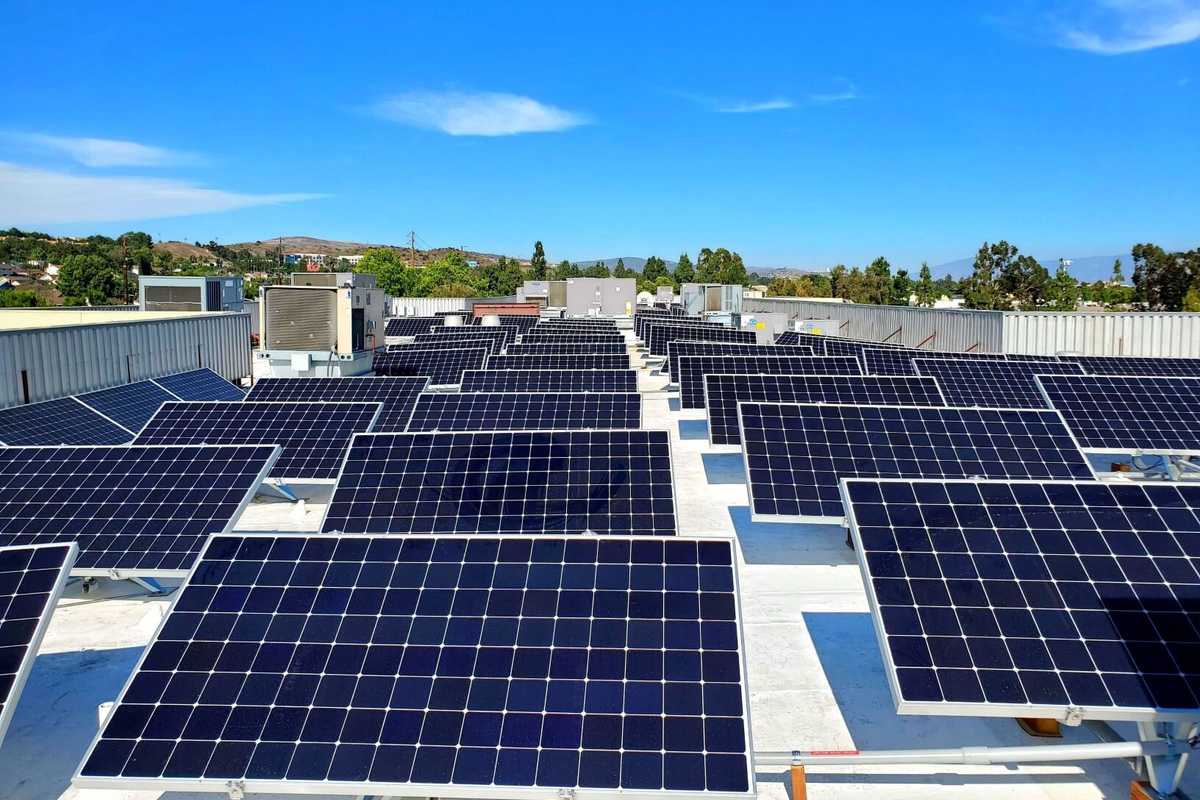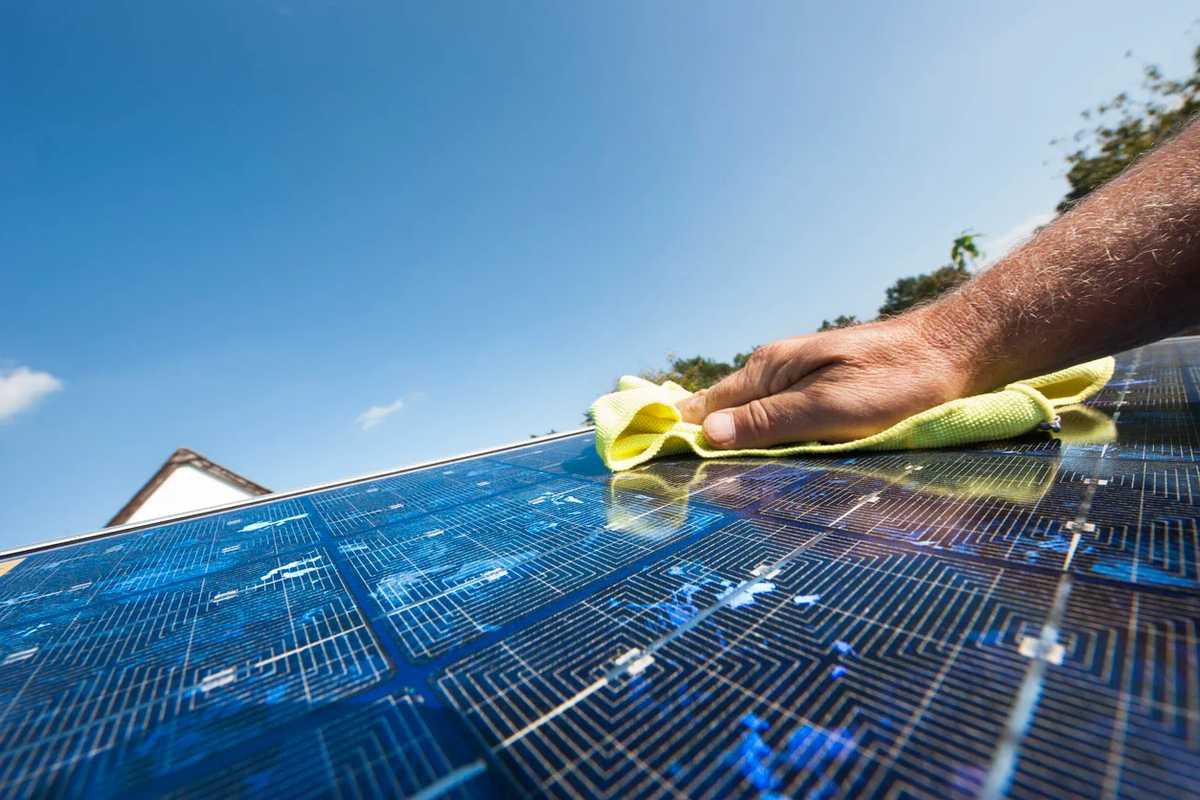Choosing solar energy as an alternative power source is a forward-thinking and eco-conscious decision. However, many potential solar adopters wonder whether solar panels can harness energy on cloudy or rainy days.
In this article, we’ll explore the science behind solar panels, dispel common myths, and shed light on the reliability of solar energy even in less-than-ideal weather conditions.
How Solar Panels Generate Energy
1. The Photovoltaic Dance of Electrons
Delving into the core of solar panels reveals a fascinating interplay of electrons within photovoltaic cells, primarily crafted from semiconductor materials like silicon. These cells exhibit a remarkable ability to generate electricity not only when basking in direct sunlight but also when bathed in ambient daylight. This intricate dance of electrons is the magic behind the transformation of sunlight into the electrical current that powers your home.
2. Harnessing the Essence of Daylight
Solar panels operate optimally during peak sunlight hours, with the noon sun casting the most direct and intense light, resulting in elevated electricity generation. However, the adaptability of solar technology transcends the confines of sunny days. Even during cloudy periods when sunlight is diffused, solar panels continue to draw energy. This resilience highlights the ability of photovoltaic systems to capitalize on the diffuse light present on overcast days, showcasing their efficiency in diverse weather conditions.
3. Beyond Sunshine: The Role of Diffused Light
It’s essential to recognize that solar panels don’t solely rely on direct sunlight for energy generation. The diffused light on cloudy days still carries valuable photons that trigger the photovoltaic process. The semiconductor materials within the cells capture this diffused light, initiating the movement of electrons and the subsequent creation of electrical current. This capacity to harness diffused light underscores the reliability of solar panels, ensuring a consistent energy supply even in less-than-ideal weather.
4. Technology’s Stride: Advancements in Cloudy Weather Efficiency
As solar panel technology advances, manufacturers continue to enhance their efficiency under varying weather conditions. The latest innovations in photovoltaic cells ensure that even in situations where sunlight is scarce or diffused, the panels can still yield significant energy output. This progress contributes to the broader goal of making solar energy an increasingly dependable and accessible power source for diverse regions and climates.
5. Cleaning the Canvas: Rain as a Natural Panel Refresher
In a delightful twist, rain serves as a natural ally to solar panel efficiency. If you’ve been lax about cleaning your solar panels, the gentle touch of raindrops can act as a cleansing agent, washing away accumulated dust and debris. This inadvertent cleaning process further enhances the panels’ performance, emphasizing the harmonious relationship between solar technology and the elements.
Challenging Weather: Cold, Rain, and Even Snow
1. Embracing Rain as a Cleansing Agent
In regions with sporadic rainfall, solar panels showcase their resilience by operating efficiently even during wet weather. Rain, often viewed as a potential hindrance, can surprisingly be an ally for solar panel owners. As raindrops patter on the panels, they act as a natural cleaner, washing away accumulated dust and debris. This cleansing effect not only maintains the aesthetics of your solar installation but also ensures maximum light absorption.
Moreover, the interaction between rain and solar panels is a symbiotic one. Rainfall helps clear the air of pollutants, resulting in a cleaner atmosphere that allows more sunlight to reach the panels when the clouds disperse. This synergy between rain and solar panels underscores their adaptability to diverse weather patterns, debunking the misconception that solar energy is exclusively reserved for sun-drenched days.
2. Snowy Challenges: Turning Cold into an Advantage
One remarkable aspect is the residual heat generated by the panels themselves. This inherent heat becomes a powerful ally in combating snowy conditions. The accumulated snow on the panels, influenced by the residual warmth, starts to melt, allowing it to slide off effortlessly. This self-cleaning mechanism ensures that the panels remain unobstructed.
While it’s true that snowy climates may experience a reduction in energy production due to shorter daylight hours, solar energy remains a robust and popular source. In fact, many regions with harsh winters still rely on solar power as a significant part of their energy mix, underscoring the adaptability and efficiency of solar technology in even the harshest weather conditions.
3. Efficiency and Innovation in the Face of Weather Challenges
In the quest for more resilient solar panels, ongoing research and innovation continue to yield breakthroughs. From anti-reflective coatings that prevent snow accumulation to materials that enhance cold-weather performance, the solar industry is committed to ensuring that solar panels operate optimally across diverse climates.
With each innovation, the prospect of harnessing solar energy in challenging weather conditions becomes not just a possibility but a practical and efficient reality. Embracing solar energy means not only tapping into a clean and renewable power source but also conquering the elements with cutting-edge technology and eco-friendly solutions.
Determining Photovoltaic Panel Output: Unveiling the Dynamics
1. Panel Size and Efficiency
The physical dimensions and efficiency of your solar panels significantly impact their energy production. Larger panels can capture more sunlight, while advancements in technology have led to the creation of highly efficient panels that convert a greater percentage of sunlight into electricity.
2. Sunlight Angle and Direction
The angle and direction at which your solar panels are installed play a pivotal role in energy generation. An installer considers the geographical location and tilts the panels to maximize exposure to sunlight throughout the day. Panels facing south often receive the most sunlight in the Northern Hemisphere, while north-facing panels are optimal in the Southern Hemisphere.
3. Local Weather Conditions
While solar panels can harness energy on cloudy days, the local weather conditions still influence their efficiency. Understanding the average sunlight hours and intensity in your region aids in estimating energy production. Factors like air pollution and shading from nearby structures should also be considered, as they can impact panel performance.
4. Electricity Consumption Patterns
The amount of energy your household consumes is a fundamental factor in sizing your solar system. A thorough analysis of your electricity bills and patterns helps determine the right capacity for your photovoltaic panels. Consider seasonal variations in energy usage and any future plans for expanding your electronic devices or home appliances.
5. Tailoring Solar Solutions to Your Needs
Professionals can advise on energy-efficient appliances and lifestyle adjustments, maximizing the impact of your solar investment. Consulting with them provides valuable insights into potential energy-saving practices. These professionals will conduct comprehensive assessments of your property, taking into account architectural elements, shading, and available space.
6. Matching Backup Capacity to Demand
A properly sized solar battery system guarantees that you have enough stored energy to power essential appliances during cloudy days, ensuring you remain self-sufficient even in adverse weather conditions. The size depends on factors such as the capacity of your solar power grid and your household’s energy consumption patterns.
Conclusion: A Bright Future with Solar Energy
In conclusion, solar panels are a versatile and resilient energy solution that works beyond the confines of sunny days. Whether it’s a bright, sunlit afternoon or a gloomy, overcast day, your photovoltaic system continues to generate energy as long as there is daylight. To maximize the benefits of solar energy, consider incorporating a solar battery into your system and consult with professionals to tailor the setup to your unique needs.

























